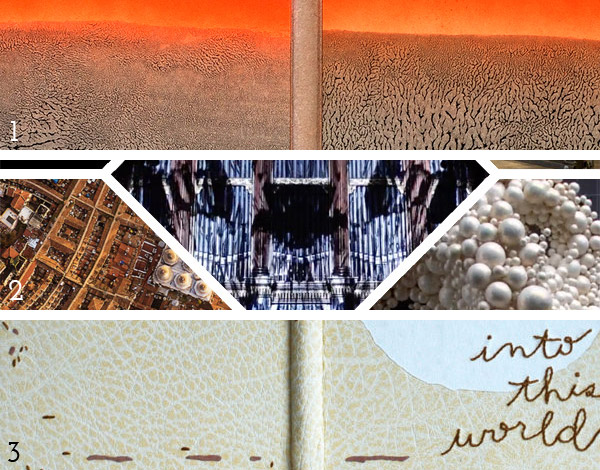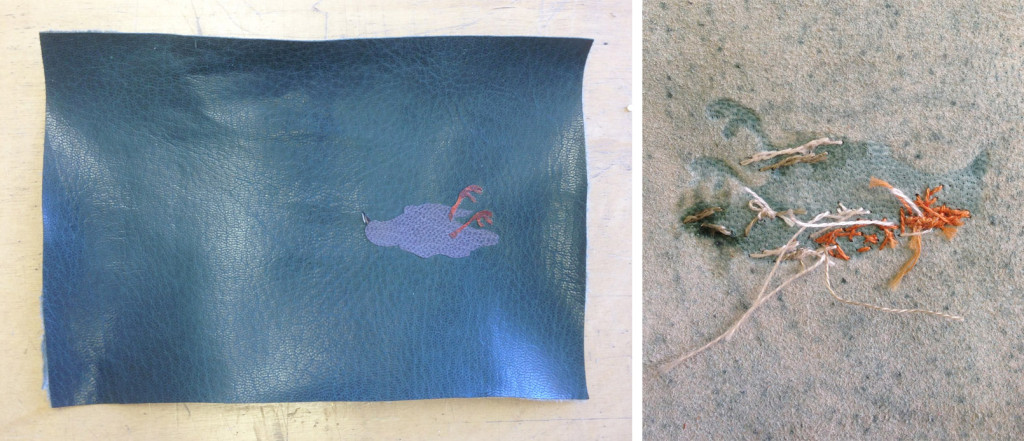At the end of the year, I like to reflect on Herringbone Bindery’s accomplishments and challenges. To name a few successes that I’m particularly proud of include getting my work into two prominent private collections, creating work for 21st Editions and traveling overseas to study with two talented binders. With all of the work coming into the studio this year, plus the time spent outside of the studio teaching and learning, the blog has been engaged with less than desired. But I am very excited about the new year: bringing new energy, interviews, posts on book and much more!
Here are a list of my favorite posts from 2016:
1. May // Book Artist of the Month: Amy Borezo
I had the pleasure of visiting Amy at her studio in Orange, Massachusetts earlier in the year, which led to a rather interesting interview about her work in artist books. This opened up a discussion about painting, printing and working as an edition binder. Her work is perfectly crafted and full of inspiration.
2. Swell Things No. 29 // Jason Fletcher
Jason was the first of several guest bloggers to add their own twist to the Swell Things column, sharing links on mummified animals and stunning animated shorts.
3. My Hand // Into This World
4. My Hand // The Nightingale and the Rose
5. North Bennet Street School // Student & Alumni Exhibit 2016 – The Set Book
Every year I interview the graduating students in North Bennet Street School’s bookbinding department about their design binding that goes on display during the annual Student and Alumni Exhibit.
6. Workshop // Manipulating Stone Veneer with Coleen Curry















